Common Electrical Safety Hazards in Homes and Businesses

Photo by Sebastian Pociecha on Unsplash
To ensure your building is a safe space at all times, pay attention to all items connected to the electric power. Through years of experience, we at New York Engineers have observed that the following electrical hazards are among the most common:
- Faulty wiring
- Outdated electrical panels
- Second-hand appliances
Electrical safety is very important for the well-being of building occupants. If you neglect electrical safety, there’s a high chance of property damage and everyone inside is exposed to serious hazards.
Even if there are no accidents, hidden electrical issues can damage and wear down your equipment over time. MEP engineering services can help you keep buildings under optimal operating conditions, including residential buildings and office buildings.
That’s why the team decided to explain how to maintain electrical safety in your home or business, by inspecting the most critical components.
Outdated Electrical Panels
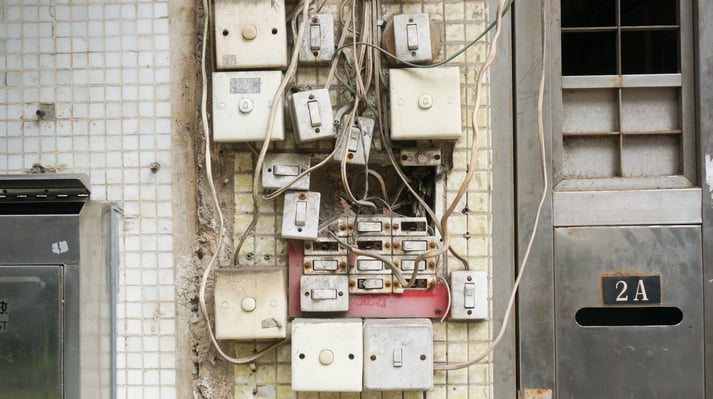
Photo by Yung Chang on Unsplash
Modern technology evolves at a rapid pace, and so do electricity sources used by modern buildings. However, the electrical panels used by buildings may remain in place for decades without a replacement, and they deteriorate over time.
“The biggest problem with an old electrical panel is that it doesn’t have a huge capacity,” shares Jordan Vellutini, Managing director of Westline Electricians Company, “Once the construction of a property is completed, the panel is often used to the very maximum. This means you won’t be able to connect a new circuit when you need it,” he adds.
New houses typically come and a 200-amp service and an electrical panel that is suitable for handling the load of modern appliances. However, outdated wiring and panels often lead to electrical faults.
If your property still has an old fuse panel, you’d better replace it with a modern panel with circuit breakers, ensuring a higher level of electrical safety.
How Electrical Engineers Select Circuit Breakers and Other Protection Devices
Electrical faults are among the most common hazards at construction sites too. This means electrical safety should be considered starting from the design and construction stage.
Damaged Wiring
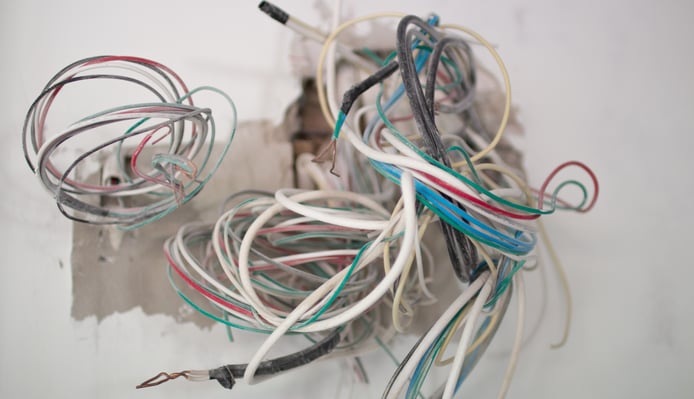
Photo by Matthew Guay on Unsplash
A top cause of electrical hazards in homes and businesses is faulty wiring! Be extremely cautious when you find damaged wires, and don’t try fixing or sizing wire by yourself, unless you’re a professional engineer or electrician! When wiring is ripped, faulty or simply old, there’s always a risk of ground faults, electric arcs, and even fire.
Do You Know the Five Fire Classes? Importance of Using the Correct Extinguisher
To prevent electrical accidents in your building, an inspection and report by a qualified electrical engineer is strongly recommended. A specialist can examine the condition of wiring to suggest the most suitable upgrades and reparations. Modern materials and advanced coating techniques can play a crucial role in enhancing the durability and efficiency of building components. For example, using a parylene coating solution offers superior electrical insulation, potentially minimizing risks associated with exposed or aged wiring. Its application is versatile and cost-effective, making it an excellent choice for large-scale projects looking to maintain scalability without escalating costs.
Electrical Engineering Tips to Reduce Wiring Costs in Buildings
“Damaged wiring is not only a huge risk, since it can heavily devalue your home as well,” comments Paul Gibbens from HouseBuyers4u. “As New York Engineers will also confirm, fixing or replacing an entire wiring installation can be a time-, nerve-, and fund-consuming endeavor without professional help,” he adds.
Too Many Devices Plugged to the Same Power Outlet
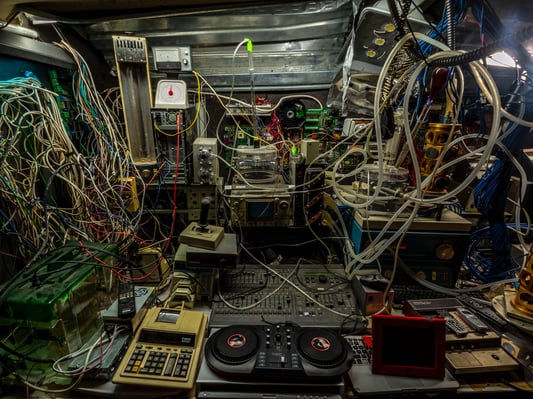
Photo by Martijn Baudoin on Unsplash
How many appliances are currently plugged in your kitchen power strip? Probably more than you want to admit. It’s common for households to have a fridge, a dishwasher, a stove and other smaller electronics attached to only one strip. However, this can lead to voltage drop, overload, and even fires.
- To prevent future damage, make sure you plug heavy-duty devices to different outlets.
- Similarly, adapters are often burdened with powering too many appliances. Plugging everything in a couple of outlets to save space may seem like a good idea. However, this actually creates a fire hazard.
US Department of Energy: Efficiency Standards for Appliances and Equipment
A power strip should have a built-in circuit breaker. If you accidentally overload the strip, the breaker will activate, preventing electrical faults and property damage.
Every now and then, check the condition of your power outlets and electrical device cords. If you notice any signs of wear and tear, repairing the issue should be a top priority.
Connecting Too Many Light Bulbs to the Same Circuit

Photo by Anthony Indraus on Unsplash
Light bulbs may seem harmless, but they can also cause electrical hazards.
Did you know that a fire can be started by a light bulb with the wrong wattage? If you replace 60W incandescent bulbs with 200W HID lamps, the wiring may overload. A circuit breaker of the right capacity will disconnect the lamps in this case, but then you won’t be able to switch them on.
To prevent this from happening, use light bulbs with a wattage that does not exceed the circuit capacity. Upgrading to LED lighting is a great idea, since they can produce the same amount of light while using less watts. When changing light bulbs, check the labels or instructions to see the wattage information - it should be less or equal to that of the previous lamp.
Also, pay attention to flickering lamps. Children might think it’s a ghost, but the most likely cause is faulty wiring. Hire a professional electrician to take a look and eliminate the problem.
We have two more tips for you regarding light bulbs:
- Don’t install lamps in contact objects that can easily catch fire, such as curtains, upholstered furniture, pillows or plastic items.
- For your own safety, always unplug a lamp when you change the light bulb.
Learn more:
- Top 7 Benefits of Using LED Lights Compared with Traditional Lighting.
- Types of LED Lighting Upgrades: Lamp Replacements, Retrofits and Fixture Replacements.
- How to Purchase High-Quality Products for an LED Lighting Upgrade?
Electrical Appliances in Proximity to Water
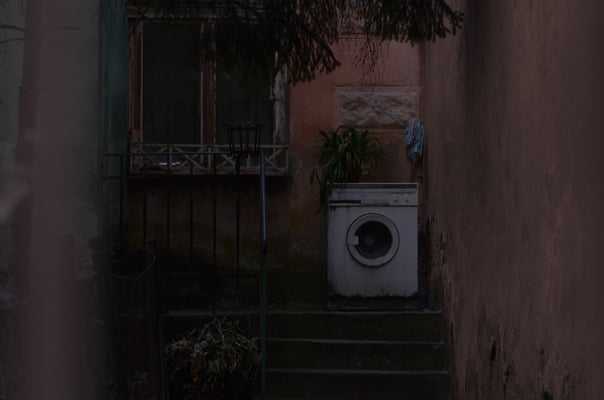
Photo by Viktor Talashuk on Unsplash
The most common reaction when you see water reaching a device is to unplug it, but this may lead to electrocution. The smartest thing to do in this situation is turning off the power through the main panel box. If you have a well-designed installation, the circuit breakers will activate immediately when the fault occurs.
For maximum safety, install GFCI outlets (Ground Fault Circuit Interrupter) in areas where water is used. These devices can detect the current caused by an electrical fault, cutting of the power immediately.
What Are GFCI and AFCI Outlets?
You can rely on the professional services of an electrician to install these special outlets. Another option is installing GFCI breakers at the distribution board.
In general, the best practice is placing all your power outlets as far away from water sources as possible. Also avoid using electrical devices in the bathroom, near your pool or around any other wet areas in your property.
To complement GFCI protection in bathrooms, keep good ventilation and consider an ecological WC.
Hazardous Appliances
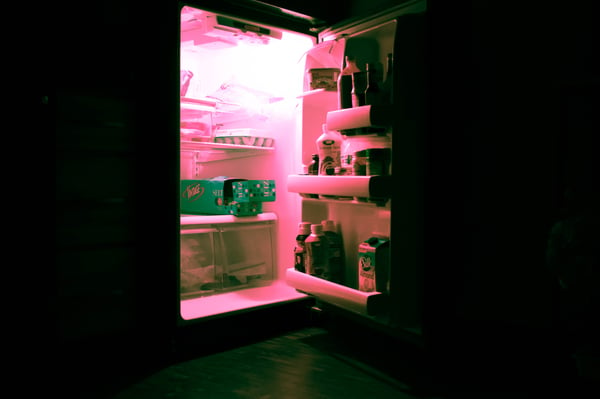
Photo by Ernest Brillo on Unsplash
A lot of people don’t pay attention to the warning signs that their devices are old or faulty.
- Is your hair dryer suddenly overheating?
- Is your toaster oven releasing a burnt smell?
Cases like these are the first signs of damaged appliances, and you shouldn’t overlook them. Otherwise, you’ll expose your property to an electrical fault.
To ensure electrical safety, the renovation experts at Houseace share some tips:
- Take action as soon as you notice that your microwave, electric kettle or any appliance isn’t operating normally.
- Get your faulty devices inspected to determine if reparation is possible. If you must purchase a new device, look for the ENERGY STAR logo to save electricity.
- Avoid placing power cords close to electric devices that emit heat. This way you’ll protect the cords from melting.
Repurposed or Second Hand Devices
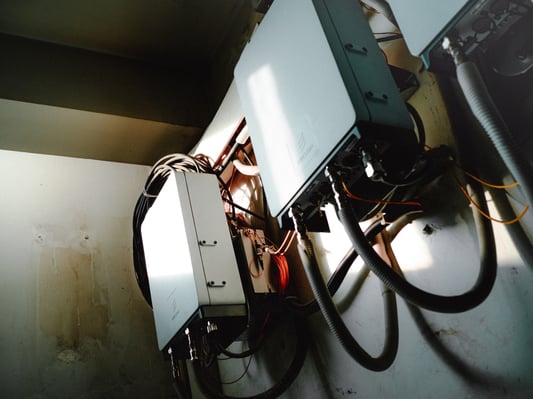
It’s tempting to lighten your budget by getting a second-hand appliance or repurposing one. However, this can lead to lower energy efficiency and a higher risk of accidents.
“Imagine you have an outdated gas stove that you want to convert to electricity,” says Antonia from Escape Waste. “Reusing instead of discarding may sound like a great idea, but in fact you risk a lot. For example, a stove lacking the right insulation can be a ticking bomb inside your home. That’s why I’d recommend avoiding such DIY projects and turning to an expert if you need to repurpose an old appliance,” she adds.
It’s better to spend a bit more than putting your building and its occupants in danger!
Electrical Safety in Homes and Businesses

Always be on the lookout for faulty electrical objects in your home or business - electrical safety should be a top priority. Keep an eye for the potential issues we covered, and don’t hesitate to contact a certified electrician if you find something suspicious.
We recommend you always rely on professional services and experts.
Don’t tackle electrical problems on your own, even if you have a drawer full of tools. Your well-being is worth much more than the cost of professional services.
New York Engineers
New York Engineers was founded by Michael Tobias, PE, LEED AP, CEM, formerly of Joseph R. Loring & Associates and Herbert Kunstadt Associates, where he was Principal. A strong proponent of emerging green technologies, Michael’s firm resonates with his vision, which is prominently displayed in all projects undertaken by New York Engineers. We operate nationwide and internationally out of our NYC office, offering Mechanical, Electrical, Plumbing, Sprinkler, and Fire Protection Engineering services, as well as Building Condition Assessments & Commissioning, LEED Consulting, Energy Modeling, Design Reviews, and much more.
Join 15,000+ Fellow Architects and Contractors
Get expert engineering tips straight to your inbox. Subscribe to the NY Engineers Blog below.
